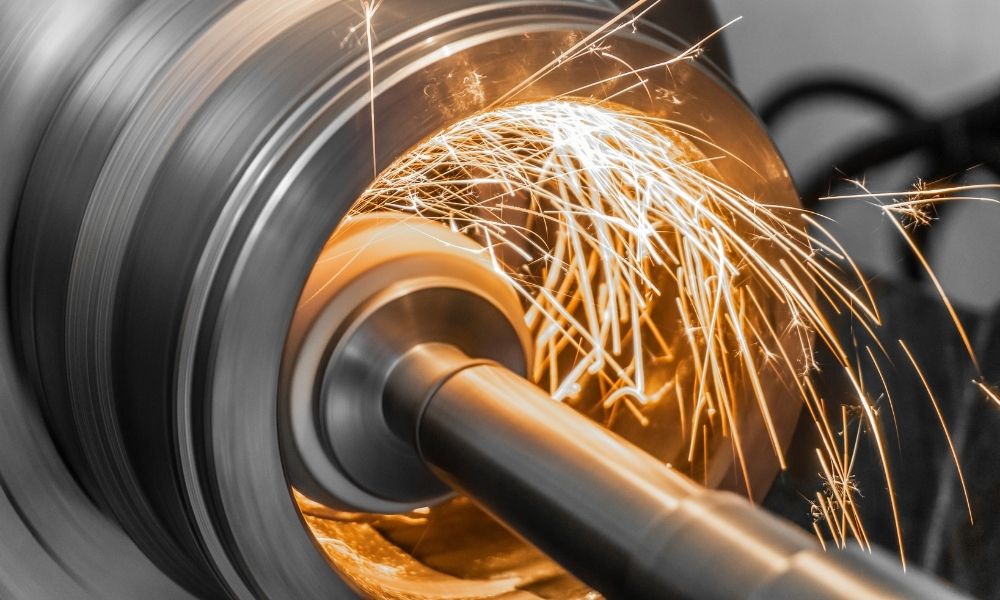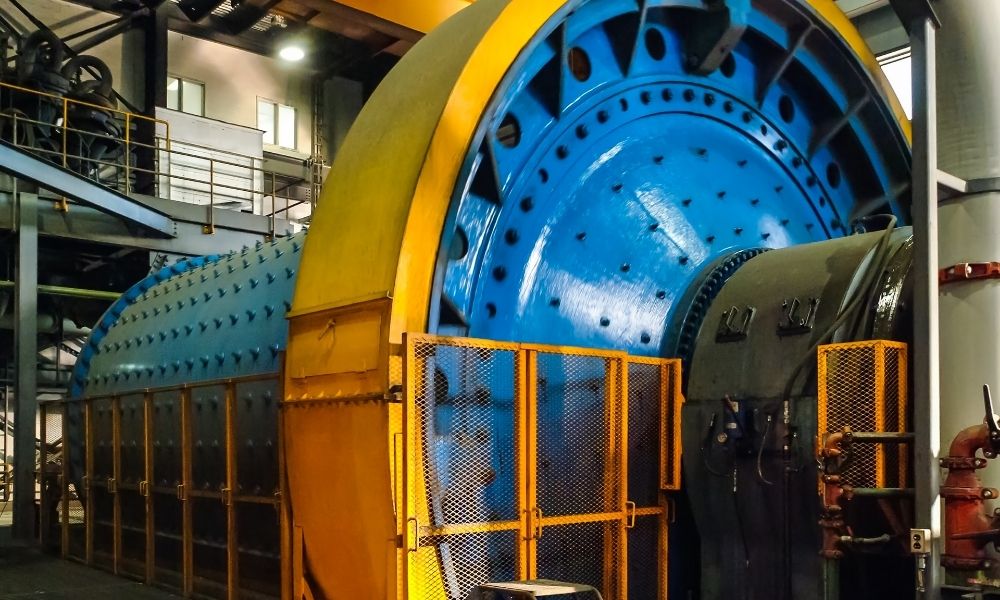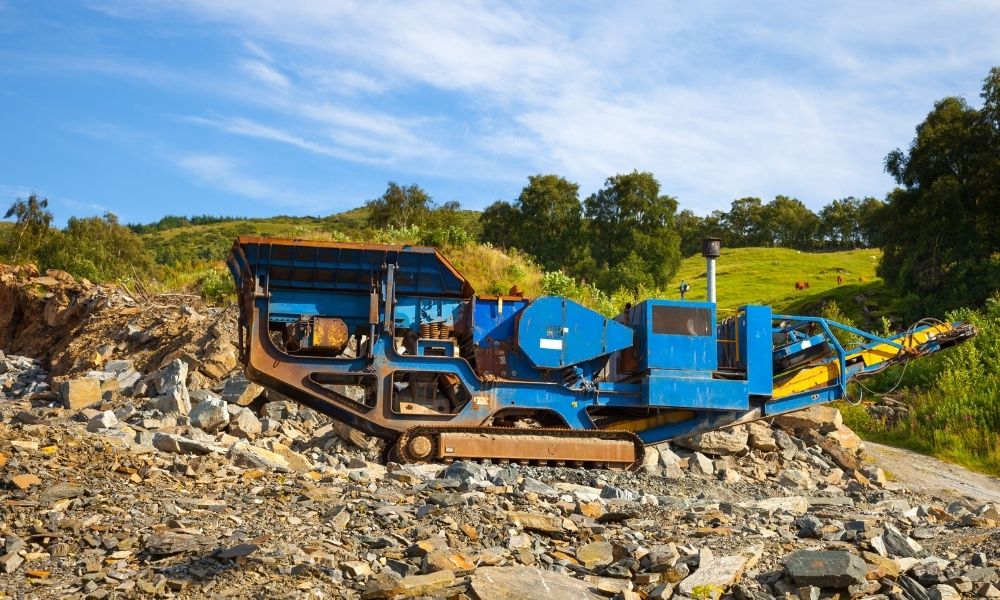High-pressure grinding rolls, or industrial grinding wheels, are becoming more and more universally expected in mining applications. Thanks to their hydraulic system that can exert varying levels of pressure, they effectively produce large amounts of fine material—including separating diamonds from softer minerals without crushing larger stones. People continuously choose high-pressure grinding rolls thanks to their efficiency, reduced downtime, and long wear life.
Learn more about the life expectancy of an industrial grinding wheel and how it can benefit your mill production.
Technology Improvements
Typically, the life expectancy of an industrial grinding roll ranges from one year to eighteen months. Initially, the industry was hesitant to switch from SAG to industrial grinding roles. After engineers adapted the grinding rolls to become homogenous with the needs of the hard rock mining sector, ore manufacturers began seeing their inherent benefits.
Engineers incorporated studs onto the rolls to make them last longer. This addition also creates an autogenous layer. Maintenance downtime was reduced by using open-frame designs as opposed to traditional box designs. The open-frame design has allowed users to do tire changes in less than 24 hours annually.
Advantages of HPGR
Industrial grinding wheels have a compression that produces micro-cracks in the minerals being processed, reducing downstream milling capacity while increasing mineral recovery. Here are more advantages of using high-pressure grinding rolls in your mill:
- HPGR consume less energy than other crushing technology. Force is applied in several directions, resulting in finer particles and creating more product at size with only one pass.
- Less leaching acid is needed, and percolation periods are reduced
- HPGR can be a selective grinder protecting minerals from surrounding softer material
- The indirect grinding reduces wear and tear on the roll
Industrial grinding roles can improve your mill production’s efficiency due to reduced downtime, less energy usage, and selective grinding. To learn more about the advantages of high-pressure grinding rolls, contact Cast Steel Products.





